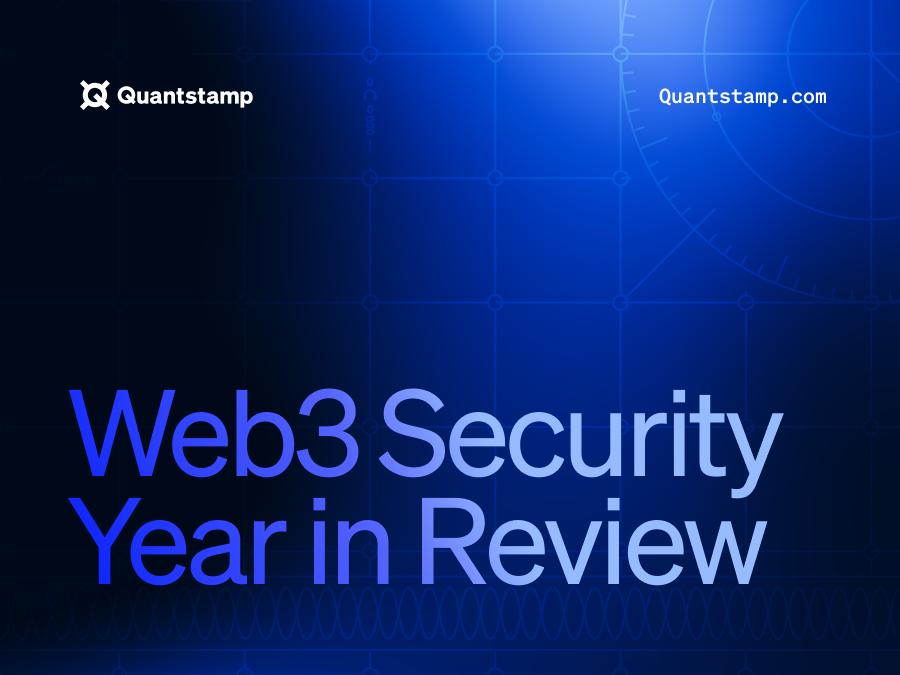Flash loans, zaps, and DeFi aggregators are leveraging composability in order to simplify the user experience and ultimately make DeFi markets hyper-efficient.
Several DeFi projects are discussed in this post. The purpose of this post is not to comment on the security level of these projects; the purpose is to share cutting-edge developments in DeFi with our readership. If you are interested in using these applications, do your own research and do so at your own risk.
Flash loans
We are just beginning to understand the impact of flash loans on the DeFi ecosystem. Unfortunately, most of us first became aware of flash loans after they were utilized in the bZx attacks, but they can also be used for good. During the attacks, flash loans were used as a tool to increase the amount of capital the attackers had at their disposal. This large amount of capital allowed the attackers to create the slippage necessary to profit from these exploits. But what else can flash loans do?
Currently, DeFi applications can operate in a trust-minimized (and sometimes trustless) manner because collateral ensures that DeFi markets remain solvent. Flash loans are one of the first uncollateralized loans offered in the DeFi ecosystem. Although users are not required to lock up assets as collateral in order to take out the loan, the system remains solvent because the uncollateralized loan is only successfully executed if the user can pay it back within the same transaction. In other words, flash loans can only be used if they can instantly be paid back.
What does this look like in practice? Flash loans can accomplish the following within a single transaction:
- Profit from an arbitrage opportunity without any upfront capital,
- Refinance an existing loan, and
- Engage in a collateral or interest rate swap.
This not only enhances the liquidity of capital within the DeFi ecosystem, it also democratizes access to arbitrage and other opportunities because, in many cases, “you don’t need money to make more money”.
Zaps
Zaps are contributing to DeFi’s hyper-liquidity by making it easy for users to accomplish complex tasks in a single transaction and are an excellent example of the power of DeFi composability.
Zaps are money legos that feel intuitive to users because they reduce the steps it takes accomplish tasks like contributing liquidity to Uniswap and Synthetix pools. Generally, in order to contribute liquidity to Uniswap or Synthetix, users need to visit multiple interfaces and wait for multiple transactions to get confirmed. For example, someone that is interested in providing liquidity to the MKR pool in Uniswap normally would require 3 separate transactions including purchasing MKR.
Using a tailor made zap for this use case, users can contribute to a Uniswap pool in a single transaction. The user only needs to send ETH, everything else happens in the background. In the near future, expect other projects to create zap-like structures that simplify the user experience.
DeFi Aggregators
DeFi app aggregators are contributing to hyper-efficient markets within the DeFi ecosystem.
DEX aggregators connect DEXs in the background in order to provide users with the best market rate for their trade. This not only benefits users by providing them with a simpler experience while purchasing assets in a non-custodial manner, it also benefits the DeFi ecosystem by connecting liquidity pools. When pools are aggregated in this fashion, it starts to feel like a single big market instead of several small markets.
Another thriving DeFi use case is generating interest on your otherwise idle cryptocurrency. Currently, there are several options to generate yield including Maker DSR, Compound, dYdX, and more. A challenge faced by DeFi lenders is ensuring that their assets are being lent in the application that generates the most yield.
Idle, audited by Quantstamp, is an aggregator that allows users to automatically deposit funds in DeFi pools that generate the most yield. This aggregator even automatically rebalances user deposits to account for dynamically changing interest rates. This facilitates an efficient market for lending assets and may also contribute to a “survival of the fittest” situation for DeFi lending.

Security and Composability
These trends have a similar theme, the number of money legos used within a single transaction is high. This high level of composability has massively simplified the user experience, and facilitates hyper-liquid and hyper-efficient markets.
However, the power of money lego composability is also a double-edged sword. Each additional money lego adds security risk to an application. When money legos are combined in new ways, this also adds security risk. Despite these risks, DeFi has come out stronger with each discovered vulnerability.
Despite this optimistic view, users have not come out unscathed. As a user, make sure to do your own research before using these applications.
Keep on learning and stay safe out there!
--
For more Quantstamp news or anything QSP crypto or QSP coin related, check out Quantstamp Reddit and QSP Twitter.
.svg)
.svg)




.png)







.svg)

.svg)



